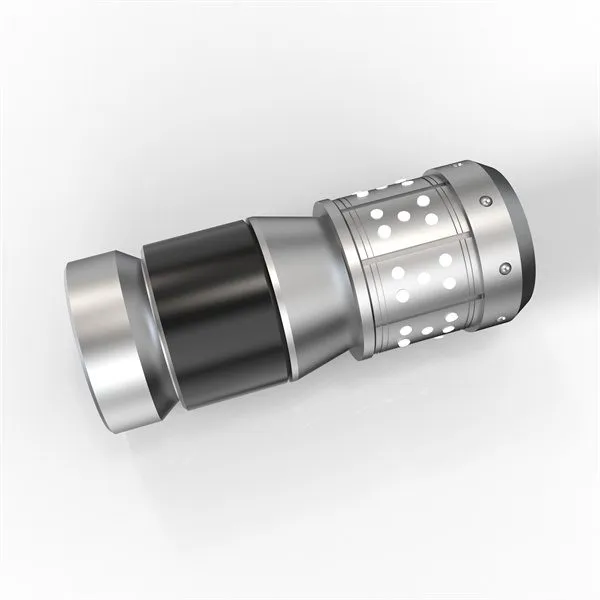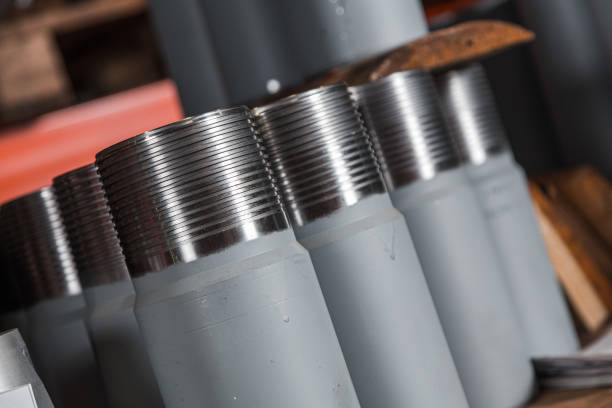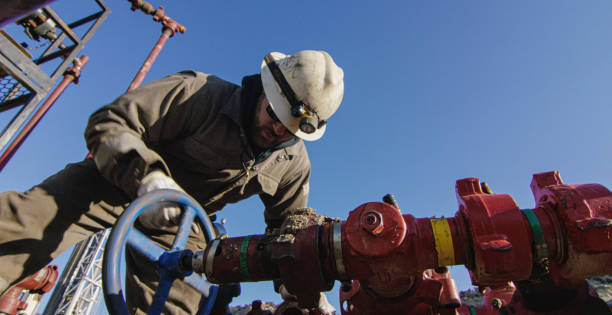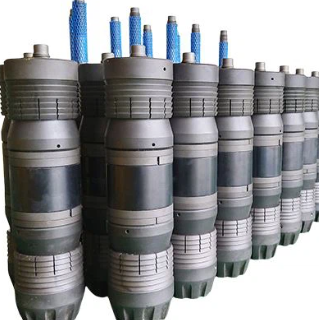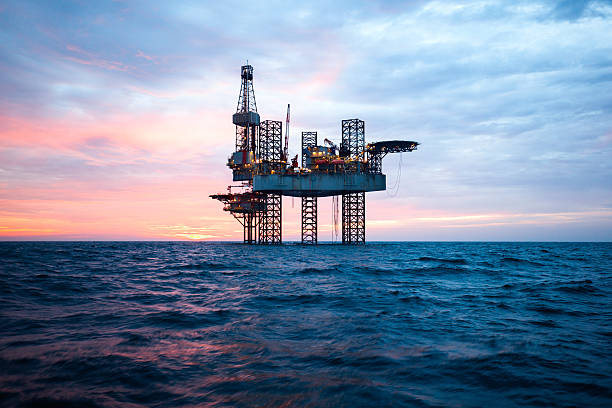Russian

Oilfield Frac Hose
Oilfield fracturing hose: the “high-pressure lifeline” of energy extraction

In the ultra-high-pressure operation of shale oil and gas development, the fracturing fluid impacts the underground rock formation at a flow rate of tens of thousands of liters per minute, and the fracturing hose connecting the pump truck and the wellhead is like a “high-pressure lifeline” woven from steel and polymer materials. This special hose that can withstand a working pressure of 15,000 psi and withstand sand impact and chemical corrosion is not only the core transmission equipment of hydraulic fracturing technology, but also the pinnacle of material science and engineering design in modern energy industry under extreme working conditions.
- Extreme working conditions and technical challenges
Shale fracturing operations put forward three extreme tests on hose performance: - Ultra-high pressure environment: The fracturing pressure of horizontal wells generally reaches 1000015000psi (about 69103MPa), which is equivalent to the water pressure of 6500 meters in the deep sea, requiring the hose bursting pressure to reach more than 4 times the working pressure;
- Multiphase flow impact: The fracturing fluid containing 15%30% ceramsite/quartz sand passes at a flow rate of 816m³/min, the sand particle diameter is 0.451.7mm, and the impact speed exceeds 20m/s;
- Chemical corrosion and temperature fluctuations: The pH value of the fracturing fluid is 212, containing additives such as KCl and Guar glue, and the operating environment temperature changes alternately from 40℃ to 80℃.
The service life of traditional rubber hoses under this condition is less than 200 hours, while modern multi-layer composite fracturing hoses have increased their service life to 800-1200 hours through material and structural innovation, supporting fracturing operations of more than 30 sections in a single well in the Permian Basin of North America.
- Structural evolution and material breakthroughs
The fourth-generation oilfield fracturing hose adopts a “five-layer armor” design to achieve a balance between mechanical properties and durability: - Lining layer: thermoplastic polyurethane (TPU) or hydrogenated nitrile rubber (HNBR) material, thickness 38mm, Shore hardness 85A95A, wear resistance coefficient of 0.08cm³/(N·m), 50% higher than ordinary rubber;
- Reinforcement layer: woven from 46 layers of aramid fiber or ultra-high molecular weight polyethylene (UHMWPE), warp density 6080 strands/inch, weft density 4060 strands/inch, tensile strength ≥5000N/cm²;
- Torsion layer: spirally wound galvanized steel wire (diameter 13mm), spacing accuracy ±0.2mm, eliminates twisting deformation of the hose when it is under pressure;
- Conductive layer: copper wire mesh embedded in the surface (resistance <10⁴Ω/m), with carbon nanotube modified outer layer, static decay time <2 seconds, meeting API 15S standard;
- Protective layer: Polyurethane outer layer with UV stabilizer added, weather resistance level reaches ASTM G154 3000 hours test standard.
Take the FracArmor™ hose of Gates Corporation of the United States as an example. It uses a patented Dyneema® fiber reinforcement layer, and the expansion rate is only 1.2% under 15000psi pressure, which is 60% lower than the traditional design.
- Precision Revolution in Manufacturing Process
The production of fracturing hose involves more than 20 precision processes, and the core processes include: - Multi-layer co-extrusion: Using a twin-screw extruder with L/D=36, the TPU melt viscosity is accurately controlled in the range of 135210℃, and the interlayer bonding strength is >5MPa;
- Reinforcement layer braiding: The 256-spindle fully automatic braiding machine completes the fiber winding with an angle accuracy of ±0.5°, and the tension fluctuation is controlled at ±2%;
- Dynamic vulcanization technology: 30%40% of nano-silica is dispersed in the rubber lining, and the vulcanization temperature is 150℃±1℃, which increases the tensile strength to 25MPa;
- Online monitoring system: Laser thickness gauge (accuracy ±0.05mm) and X-ray flaw detector achieve 100% full inspection, and the defect detection rate is >99.9%.
After the German Continental Group introduced digital twin technology, the hose trial production cycle was shortened from 6 months to 45 days, and material waste was reduced by 22%.
IV. Performance Verification and Engineering Practice
Measured data in the Permian Basin of Texas revealed the ultimate performance of the fracturing hose:
High-pressure durability: The Φ102mm hose did not leak or fail in a 72-hour continuous operation with a pressure fluctuation of ±7%;
Low-temperature flexibility: Under 40°C environmental testing, the bending radius remained at 1.5D, which is better than the 2D requirement of the API 7K standard;
Economic breakthrough: A single hose can complete the fracturing of 3 wells, reducing the replacement cost by 45% compared with the previous generation of products.
The application case of the Fuling shale gas field in China shows that domestic high-end hoses have increased the fracturing efficiency of a single well by 18%, supporting an annual production capacity of more than 10 billion cubic meters.
V. Technical bottlenecks and innovation directions
Currently, fracturing hoses still need to break through three major technical barriers:
- Dynamic bending fatigue: Frequent winding and unwinding lead to microcracks in the reinforcement layer, and the MIT bending life needs to be increased from 50,000 times to 100,000 times;
- Ultra-high temperature tolerance: Develop TPU/ceramic composite materials resistant to 150°C, breaking the existing upper limit of 120°C;
- Intelligent monitoring: Integrated optical fiber sensors monitor pressure, temperature and damage in real time, and the early warning accuracy rate is >90%.
Focus on future technology routes:
Material genome: AI accelerates the screening of acid-resistant polymer materials, shortening the R&D cycle by 70%;
Green manufacturing: The proportion of bio-based TPU (such as Covestro Desmopan® EC) increases to 30%;
Ultra-large diameter: Develop Φ304mm hoses, increase the flow rate to 25m³/min, and adapt to giant fracturing pump trucks.
From traditional rubber hoses to nano-composite intelligent hoses, the evolution of oilfield fracturing hoses is a technological epic of human conquest of underground rock formations. When each drop of fracturing fluid passes through the hose, the collaborative innovation of materials science, fluid mechanics and intelligent manufacturing is condensed here. As stated in Frontiers of Polymer Engineering: “The toughness of the hose lies not only in bearing pressure, but also in continuously breaking through the performance boundaries.” In the wave of energy transformation, this “high-pressure lifeline” will continue to extend deep into the earth, releasing energy that has been dormant for hundreds of millions of years.


